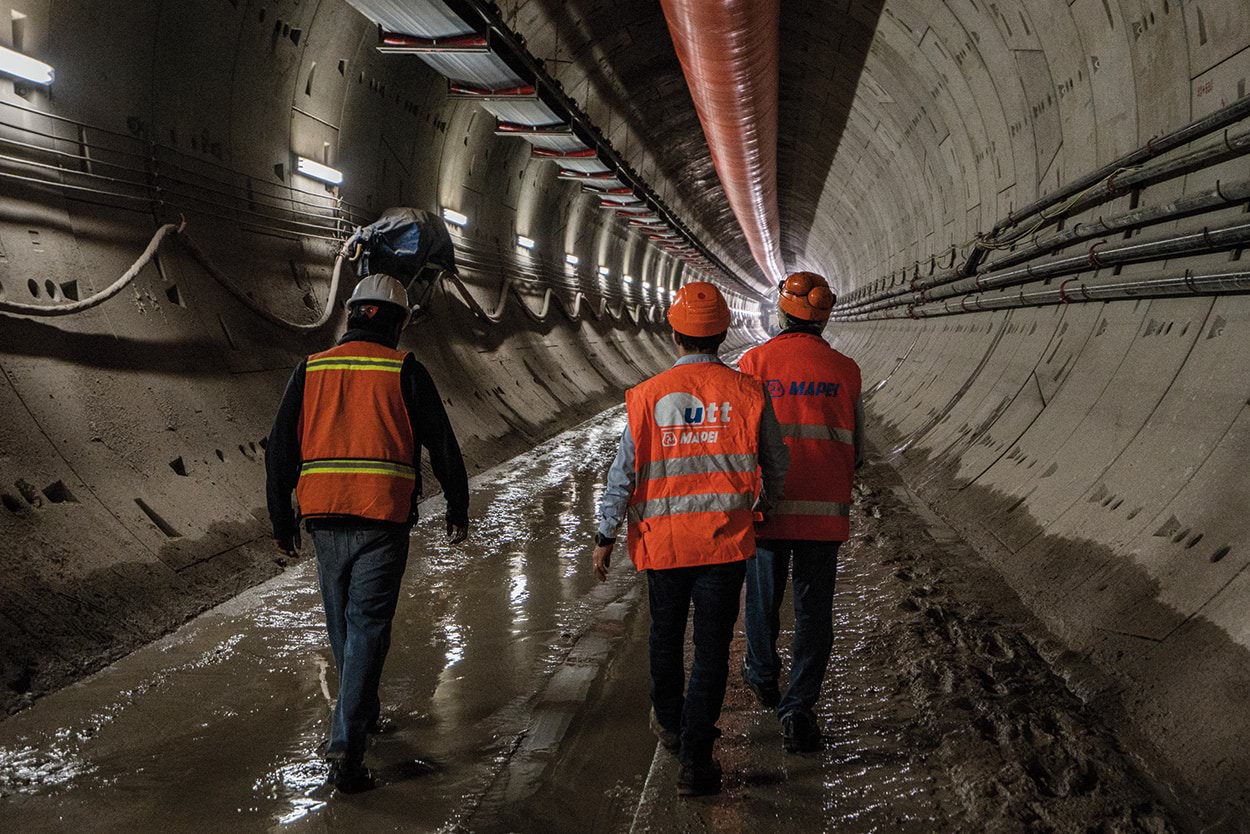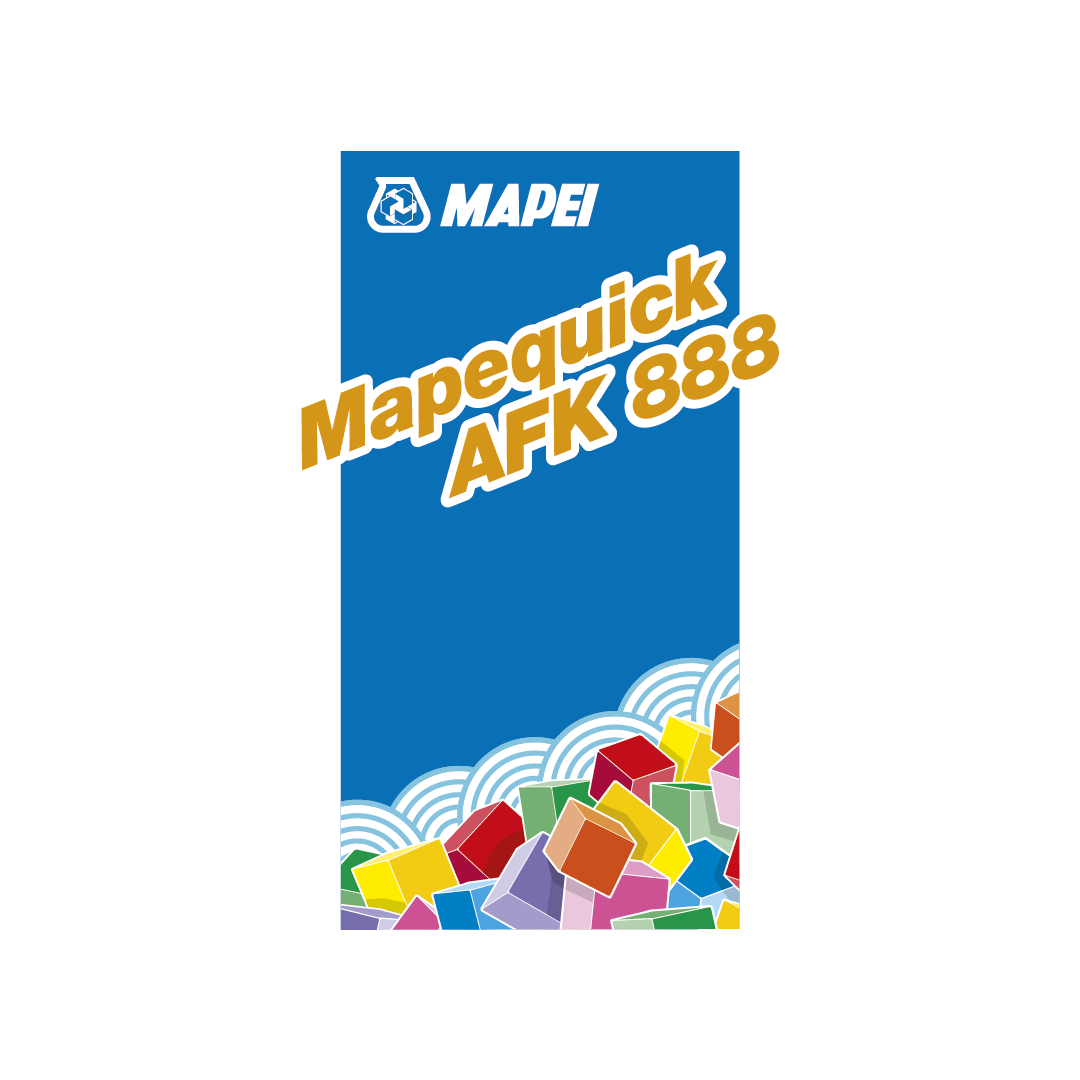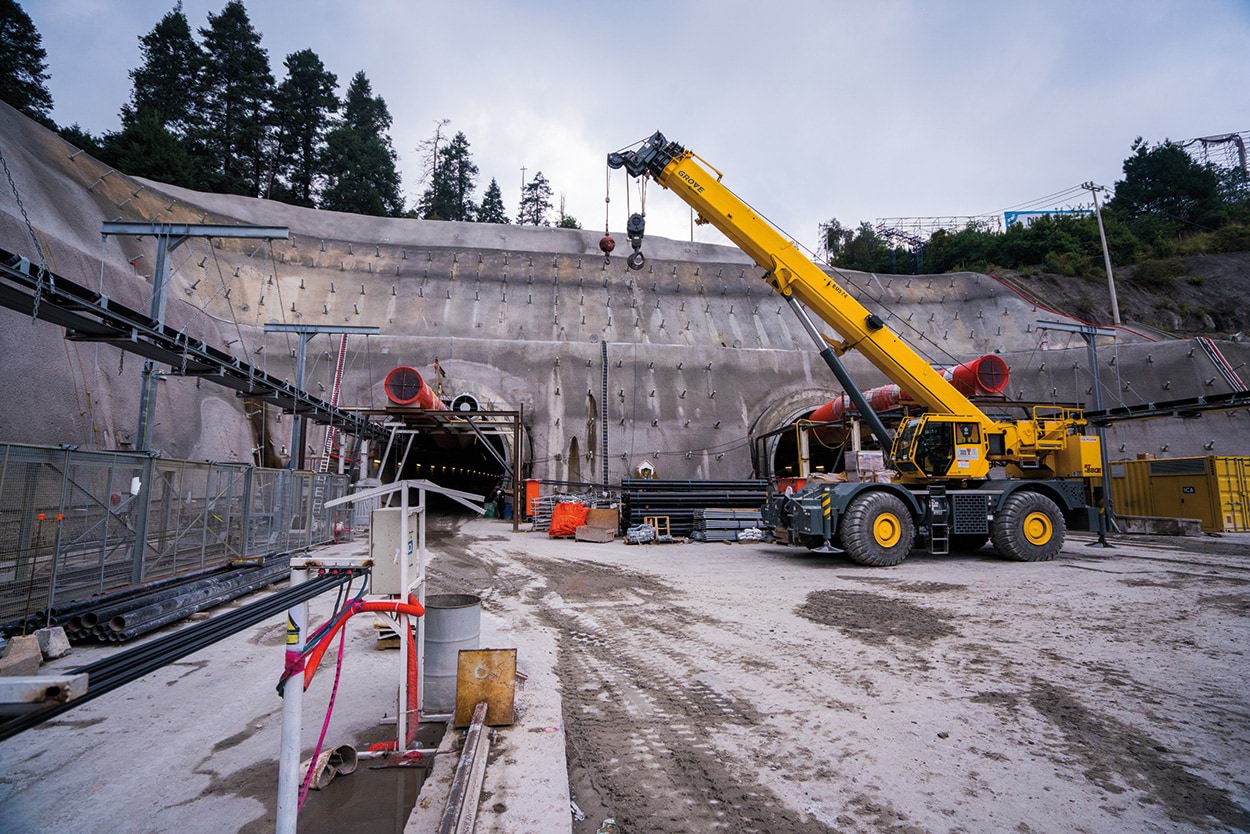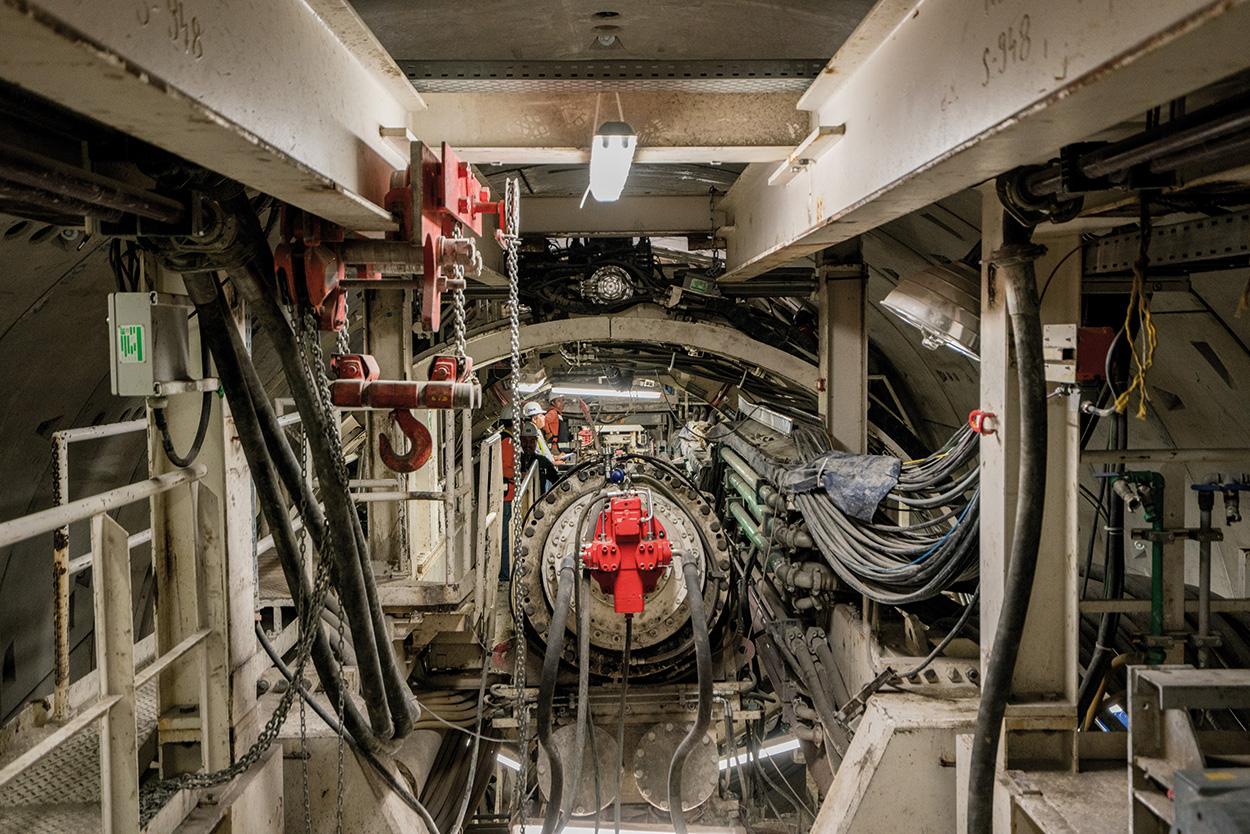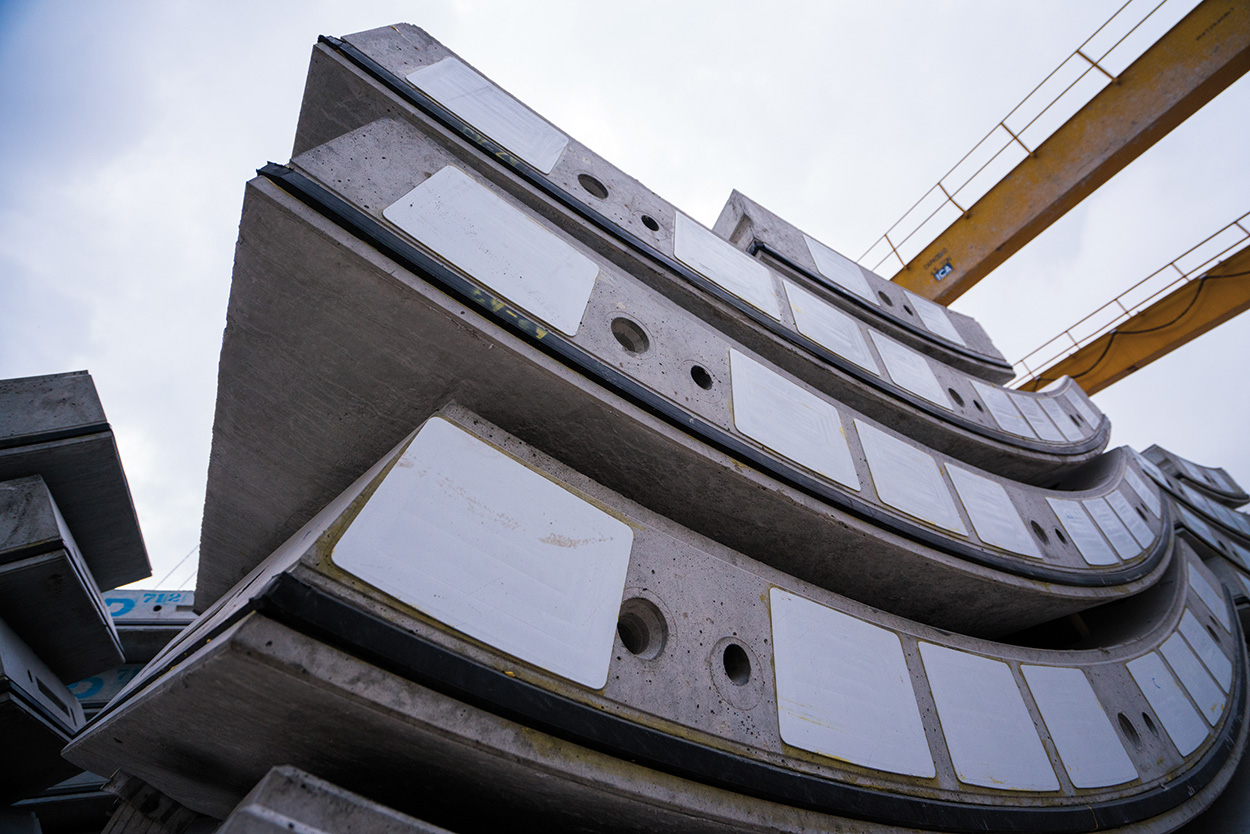
A tunnel carrying more than 300,000 passengers per day to Mexico City
57 km of track, a forecast of 300,000 passengers per day, 160 the speed in km/h at which the trains will travel along the new railway line that will connect the capital, Mexico City, to Toluca. Considerable underground operational capacity was required to construct this imposing infrastructure.
Mapei’s UTT Division (Underground Technology Team) was approached to supply targeted solutions to facilitate the tunnelling work as well as other operations required to prepare and condition the ground where the work was carried out. The mortars and admixes used during the work played an important part in overcoming all the problems encountered regarding safety and the presence of water under pressure.
A lot of underground work was required to construct the new railway line between Mexico City and Toluca.
THE PROJECT BY NUMBERS
The project for the new commuter line between Mexico City and Toluca – for a total cost of 3.18 billion US dollars – is just part of a more far-reaching national infrastructural plan inaugurated by the Mexican government. The line will have two terminuses, in Zinacantepec and Observatorio, and four intermediate stations in Pino Suárez, Tecnológico, Lerma and Santa Fe. Trains will reach speeds of up to 160 km/hour and reduce travelling times between the two cities to around 40 minutes, whereas the same journey by car takes around 3-4 hours. According to estimates the new line will be used by around 300,000 passengers every day and this figure should grow to around 500,000 passengers by 2047. The overall length of the line is 57 km and will include an underground stretch with an 8.7 m diameter, 4.7 km long twin tunnel and then cross-tunnels every 320 metres.
THE SITE: PROBLEMS AND SOLUTIONS
The mountainous terrain and environmental conditions in which the tunnel was constructed proved to be particularly challenging. One of the problems faced by the contractor was to use two full-section boring machines to bore out the tunnels in complete safety and in the presence of water under high pressure. The twin Tunnel Boring Machines (TBM) worked in tandem to extract around 570,000 m3 of material and, while boring out the tunnels, 6,312 concrete rings were installed.
MECHANICAL BORING TECHNOLOGY
Mapei Technical Services worked with the designers to help choose the most suitable products for the underground work during all excavation operations (boring, material extraction, concrete ring lining and back-fill injections).
POLYFOAMER FP/CC liquid foaming agent, which is suitable for conditioning all types of ground bored with a TBM, was injected to generate foam with excellent lubricating properties that remained stable over time. The foam created by this product reduces friction between the particles of soil, which in turn minimises wear on the cutting tools.
The mechanical components of the two TBM were lubricated with MAPEBLOX EP2 grease and the boring heads were sealed with MAPEBLOX H to prevent material flowing back from the boring front.
THE SOLUTIONS TO THE WATER IN THE TUNNEL
In some of the sections conditions were particularly difficult due to the presence of water on the walls of the tunnel, which required the use of MAPEDRILL M1 liquid synthetic polymer for water-based fluids used in mechanized tunneling and MAPEDRILL SA1, an organic-based liquid polymer with high absorption capacity.
THE FINAL DRESSING TO MAKE THE TUNNEL SAFE
Using these two products increased the productivity of the boring machines quite significantly and helped make boring operations quicker and easier.
Other products used included RESFOAM SS 75 polyurethane grout to stabilise soil, PLANIGROUT 712 mortar to create anchor points and PLANITOP X mortar to repair and skim the walls of the tunnel.
DYNAMON XTEND W500R acrylic superplasticiser for concrete was used along with MAPEFIBRE TR06 structural polymer fibres to make the precast concrete segmented rings.
To increase the level of safety in the tunnel during boring operations the walls were sprayed with shotcrete admixed with MAPEQUICK AFK 888 set accelerator.
RESFOAM SS 75, PLANIGROUT 712, DYNAMON XTEND W500R and MAPEFIBRE TR06 are distributed on the Mexican market by Mapei de Mexico.
For further information on products see www.mapei.com





